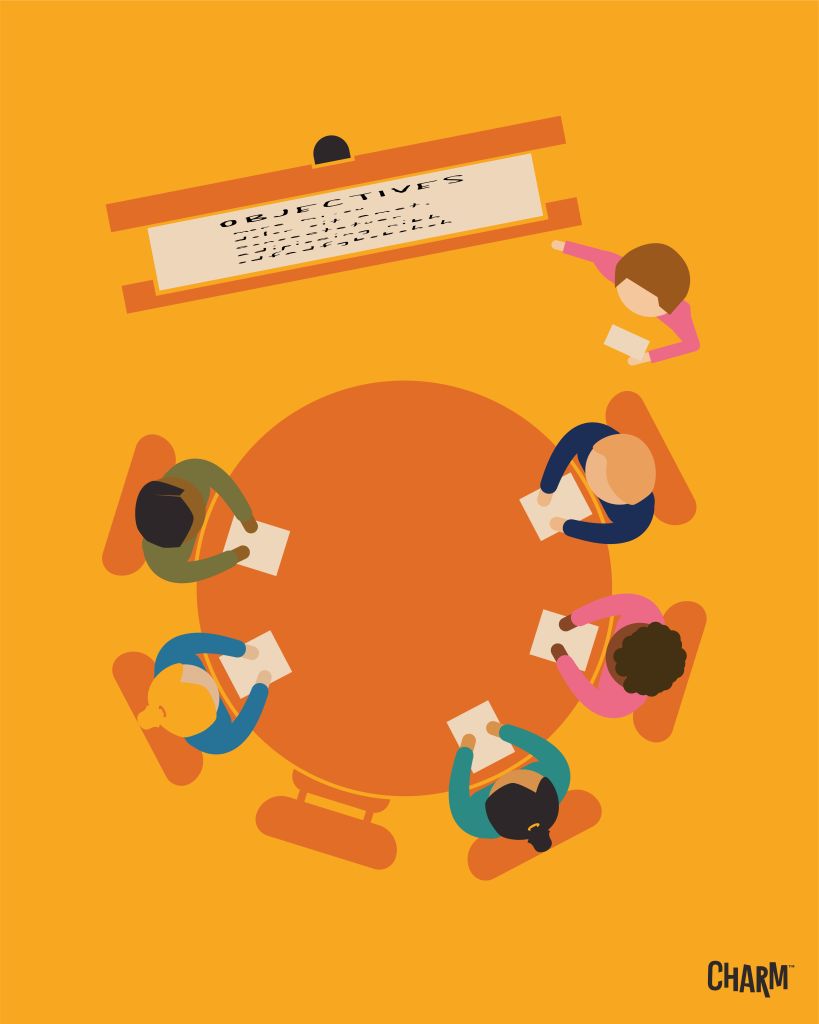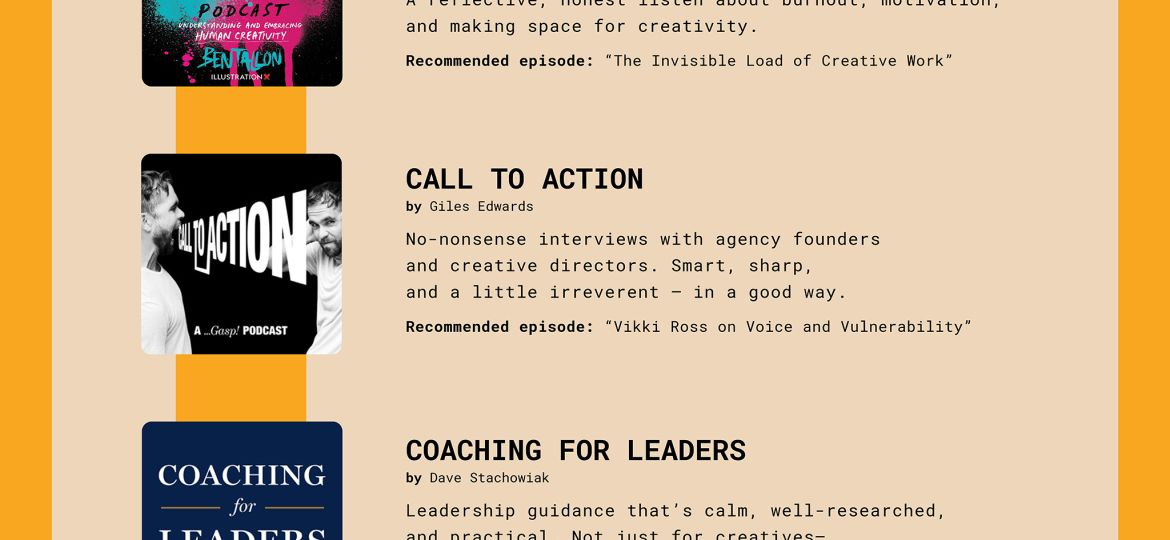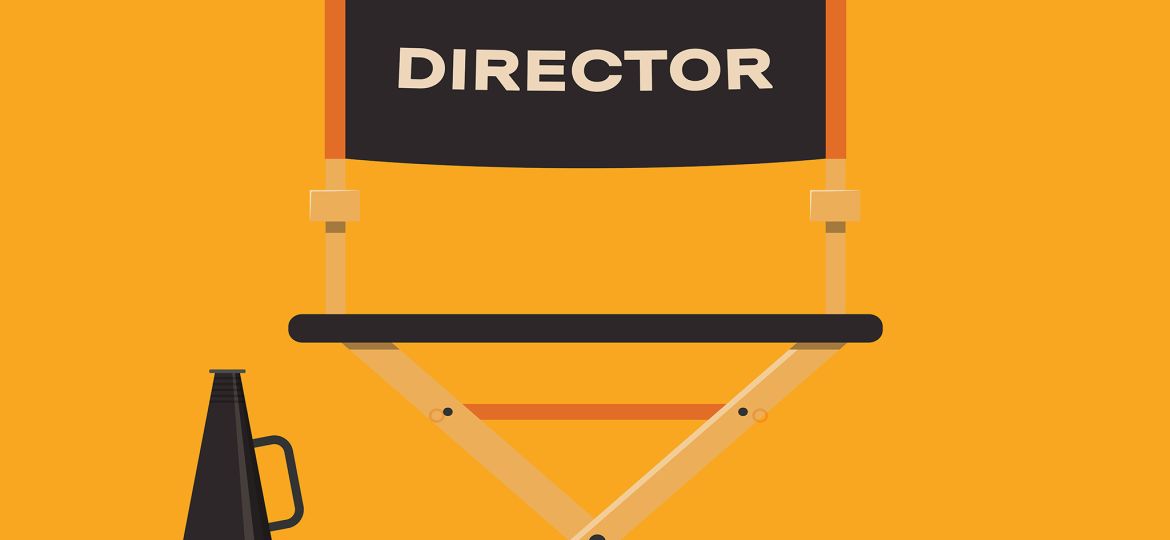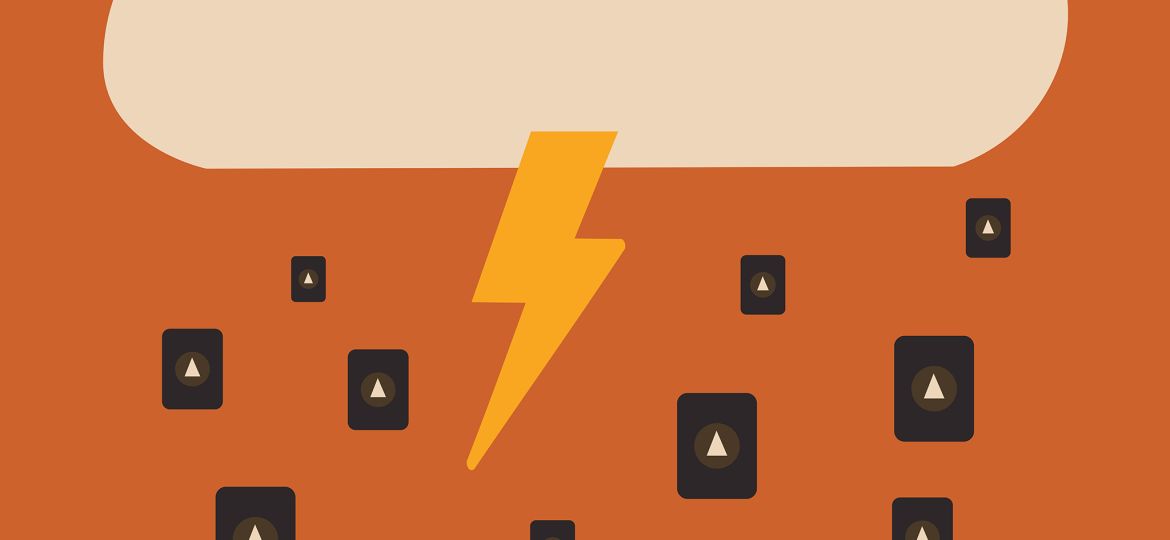Creative work thrives on clarity. When you ask a designer to create something for you— whether it’s a brand identity, a website, or an illustration— you are setting a process in motion. That process can either be smooth and productive or frustrating and inefficient. The difference often comes down to how well you define the problem from the start.
Many clients hesitate to give clear direction because they fear stifling creativity. Others worry about making the wrong call or assume the designer will instinctively “get it.” But the truth is, creative professionals do their best work when they understand the boundaries, goals, and expectations upfront. Without that foundation, you invite guesswork, and guesswork rarely leads to strong results.
The First Risk Is Yours to Take
The misconception is that creativity happens in a vacuum—an artist simply conjures something brilliant out of thin air. In reality, design is problem-solving, and problem-solving needs constraints. If you, as the client, don’t define those constraints, the designer has to guess at them. This leads to revisions, misalignment, and wasted effort.
Taking the first risk means committing to clear direction. That doesn’t mean micromanaging or dictating every detail, but it does mean providing enough context for the designer to make informed decisions.
Here’s what that looks like:
- Define the problem. What are you trying to achieve? What challenge does this work need to solve?
- Clarify the audience. Who is this for, and what do you want them to think, feel, or do?
- Set practical constraints. What are the required dimensions, formats, deadlines, and budget?
- Communicate preferences. If you have brand guidelines, reference materials, or examples of what you do (or don’t) like, share them.
- Be honest about dealbreakers. If there’s something that absolutely must be included— or avoided— say so early.
Clear Direction Is an Act of Respect
A vague brief doesn’t give a designer more freedom; it gives them more uncertainty. If they don’t know what success looks like, they have no way to meet your expectations. Providing clear direction isn’t about control— it’s about collaboration. It’s an act of respect that acknowledges the designer’s time, skill, and expertise.
When you take the first risk by defining the problem well, you empower the designer to take their own creative risks in solving it. That’s where the best work happens.





